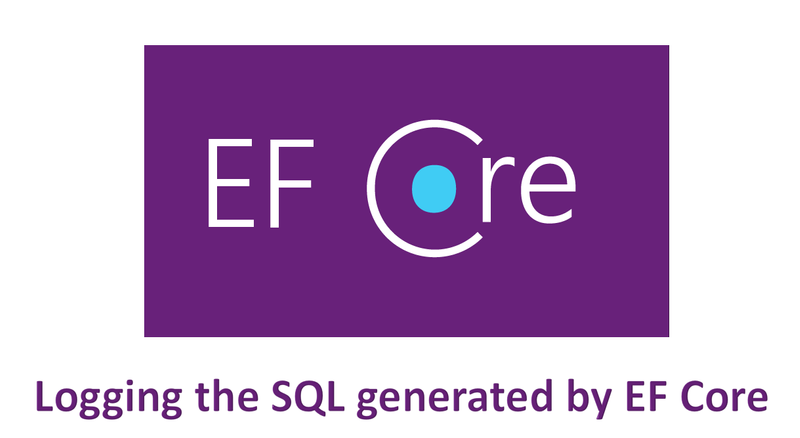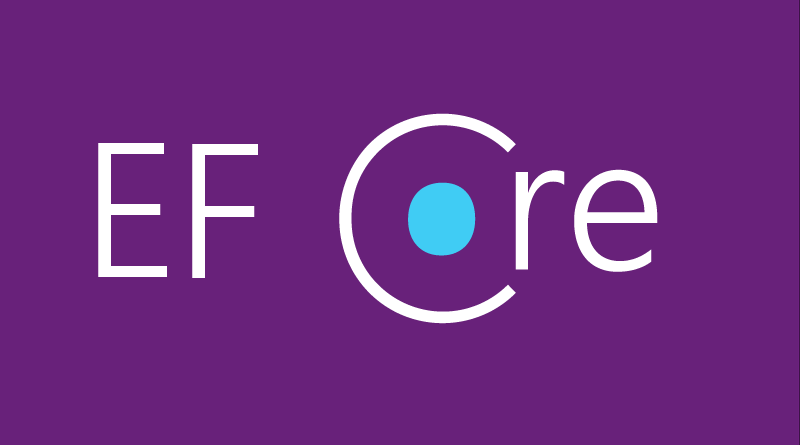In this post you're going to learn about each of the 5 SOLID Principles. I've included some code examples to make them a bit more real. I've also added some thought exercises / mental models that helped me understand these principles in the hope that they'll help you too.
The SOLID Principles in Software Design Explained




